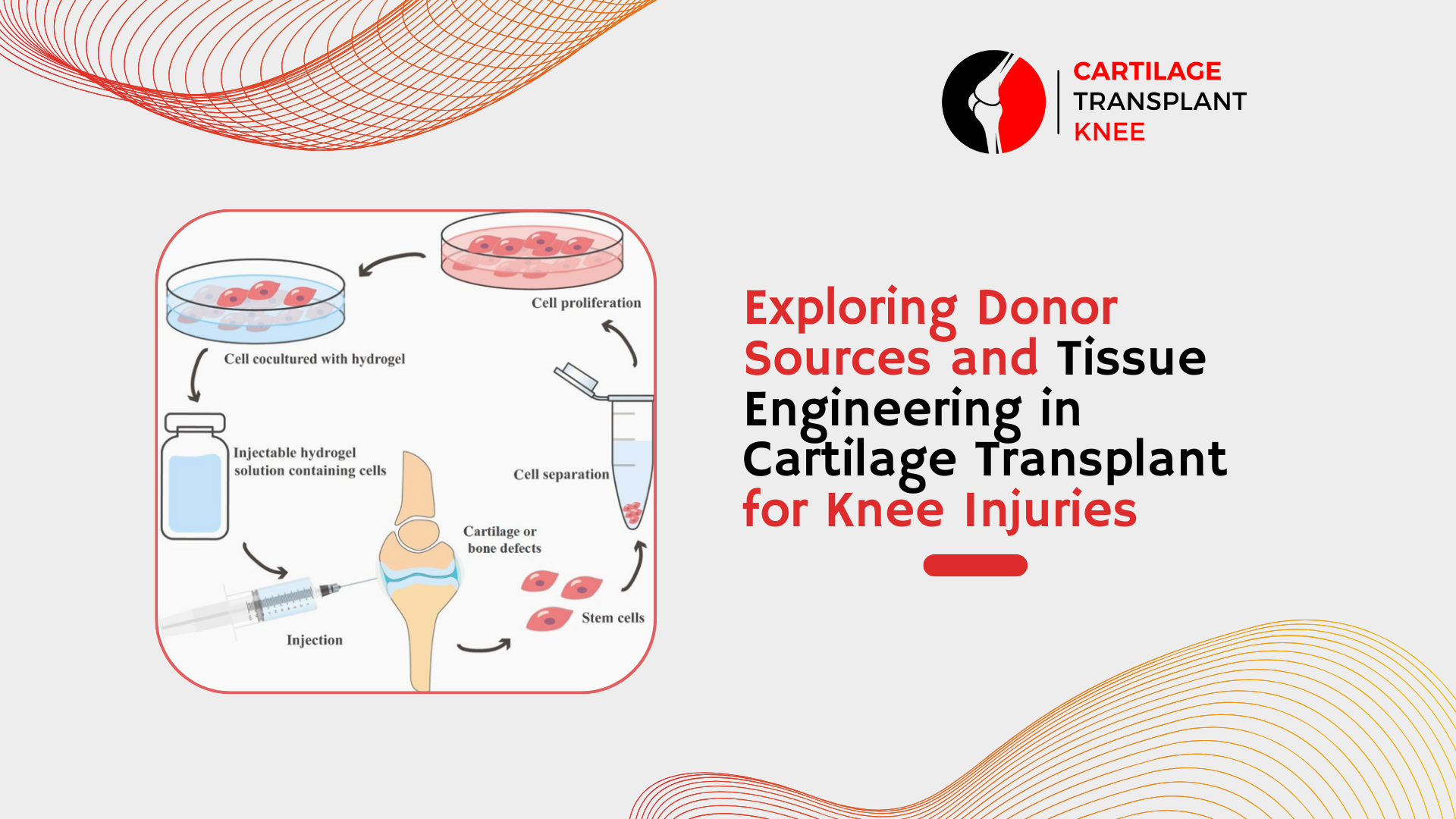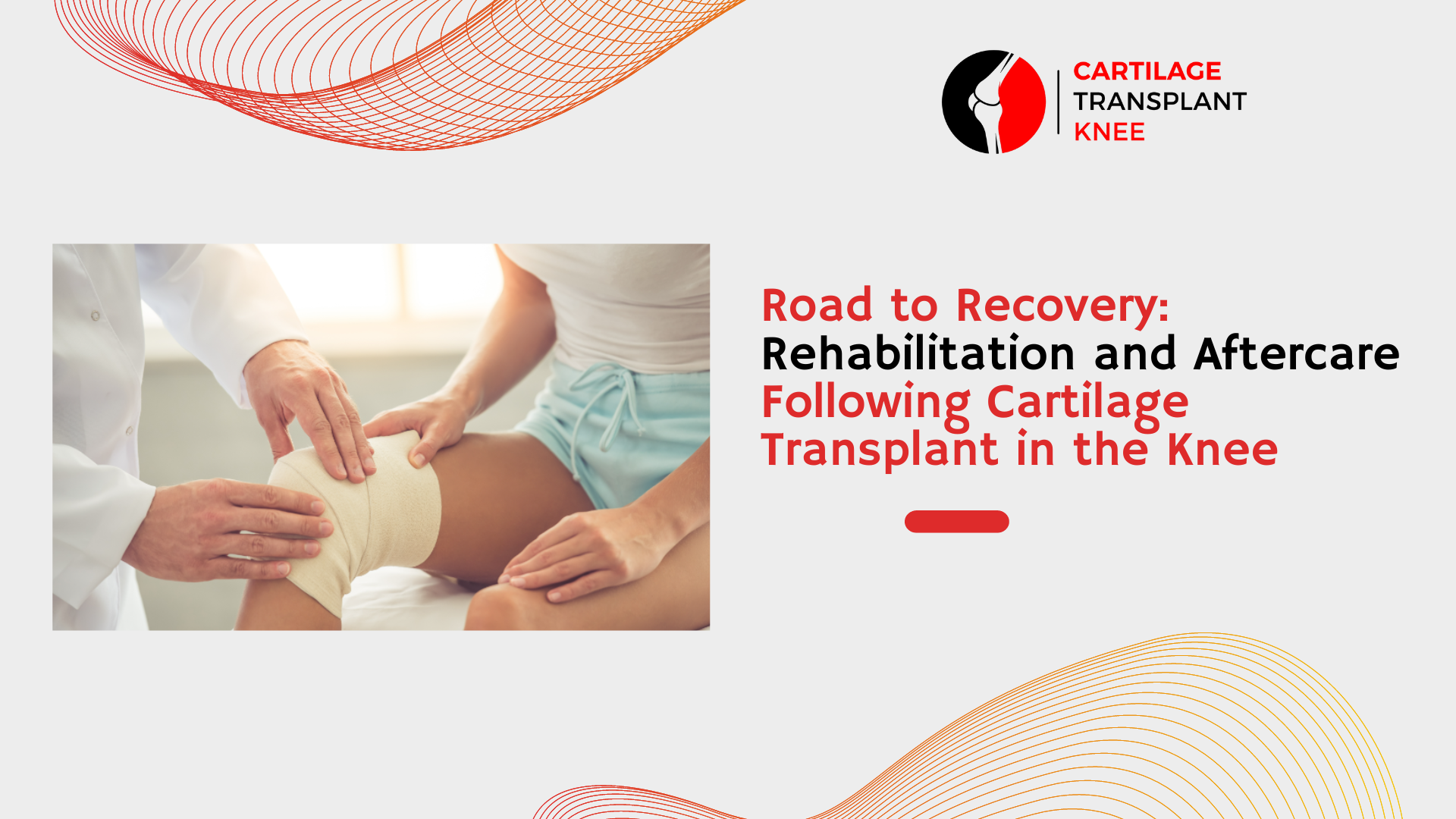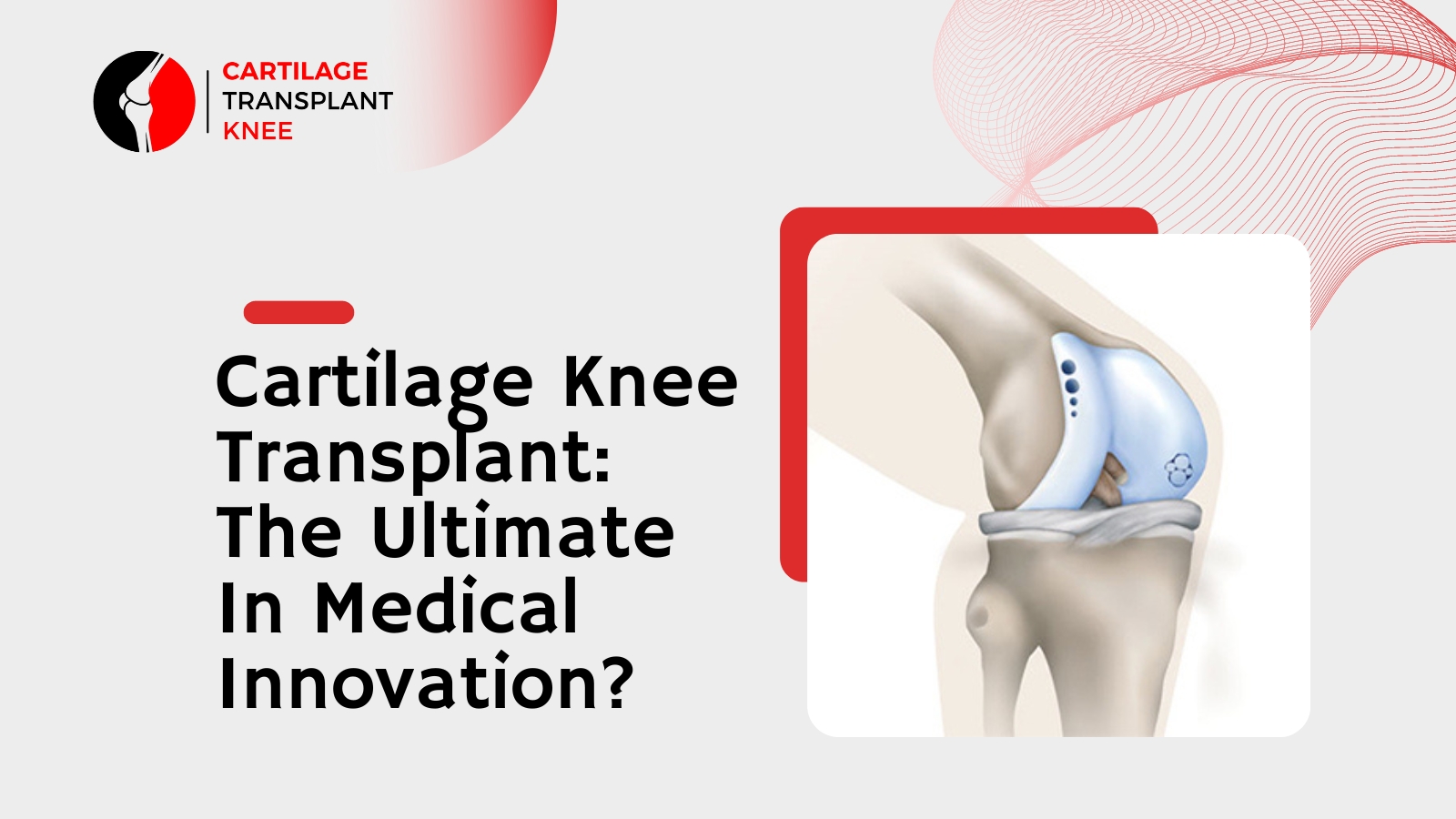High tibial osteotomy (HTO) is a surgical procedure that is used to treat knee osteoarthritis by realigning the weight-bearing axis of the knee joint. While HTO can be an effective treatment option for the right patient, it does carry some risks and potential complications. In this blog, we will discuss some of the possible complications of high tibial osteotomy.
1. Infection - Infection is a possible complication of any surgical procedure, including high tibial osteotomy. Signs of infection include fever, redness, swelling, and drainage from the incision site. In some cases, antibiotics may be sufficient to treat the infection, but more severe cases may require additional surgical intervention to clean the infected area.
2. Nerve or Blood Vessel Injury - During high tibial osteotomy, there is a risk of injury to the nerves or blood vessels that run through the knee joint. This can result in numbness, weakness, or tingling in the leg, foot, or ankle. In rare cases, nerve or blood vessel injury can result in a blood clot or other serious complication.
3. Nonunion or Delayed Union - High tibial osteotomy involves cutting the tibia bone and then realigning it using a metal plate or screws. In some cases, the bone may not heal properly, resulting in a nonunion or delayed union. This can cause pain, instability, and reduced function in the knee joint. Additional surgery may be required to address a nonunion or delayed union.
4. Overcorrection or Undercorrection - One of the goals of high tibial osteotomy is to realign the knee joint so that it bears weight more evenly. However, if the correction is overdone or underdone, it can cause problems such as pain, instability, or limited range of motion in the knee joint. In some cases, additional surgery may be needed to correct an overcorrection or undercorrection.
5. Hardware Problems - The metal plate or screws used to realign the tibia bone can sometimes cause problems such as irritation or discomfort, particularly if they are placed near the skin surface. In some cases, the hardware may need to be removed if it causes persistent symptoms or problems.
6. Blood Clots - Blood clots are a possible complication of any surgery. Patients who undergo high tibial osteotomy may be at an increased risk of blood clots due to decreased mobility and prolonged periods of immobilization after surgery. Blood clots can be dangerous if they travel to the lungs or other organs, so it is important to monitor for signs such as swelling, redness, and pain in the legs.
7. Knee Stiffness - High tibial osteotomy can sometimes result in stiffness or limited range of motion in the knee joint, particularly if the patient does not follow a proper rehabilitation program after surgery. Physical therapy can help to improve knee function and prevent knee stiffness.
8. Graft Failure - In some cases, high tibial osteotomy may involve the use of a bone graft to support the tibia bone as it heals. If the graft does not take, it can result in nonunion or delayed union of the bone. Additional surgery may be needed to address a graft failure.
While high tibial osteotomy can be an effective treatment option for knee osteoarthritis, it is important to be aware of the potential risks and complications. Patients considering this procedure should discuss the benefits and risks with their surgeon and carefully follow their post-operative instructions to minimize the risk of complications.









